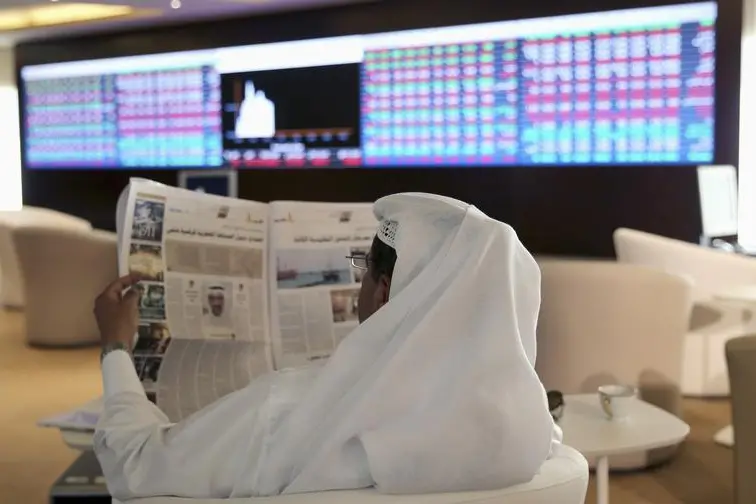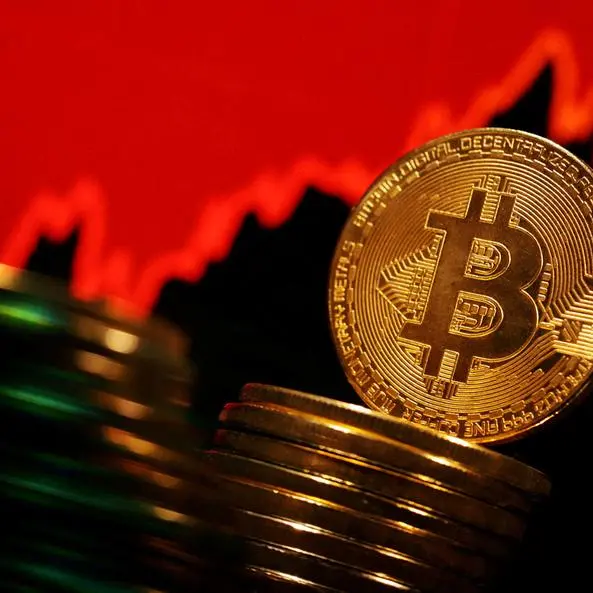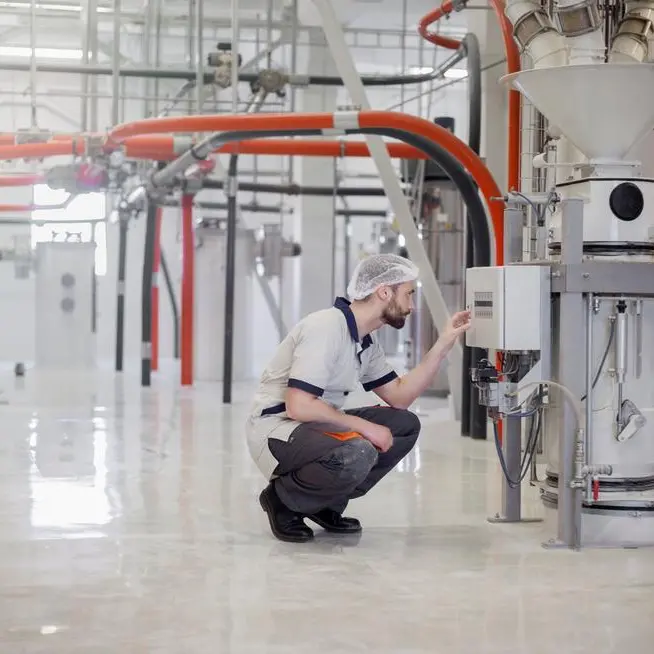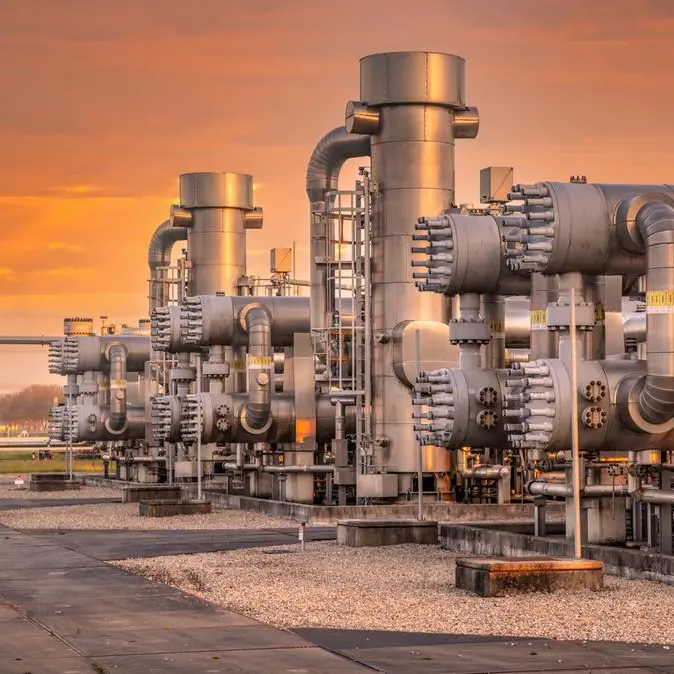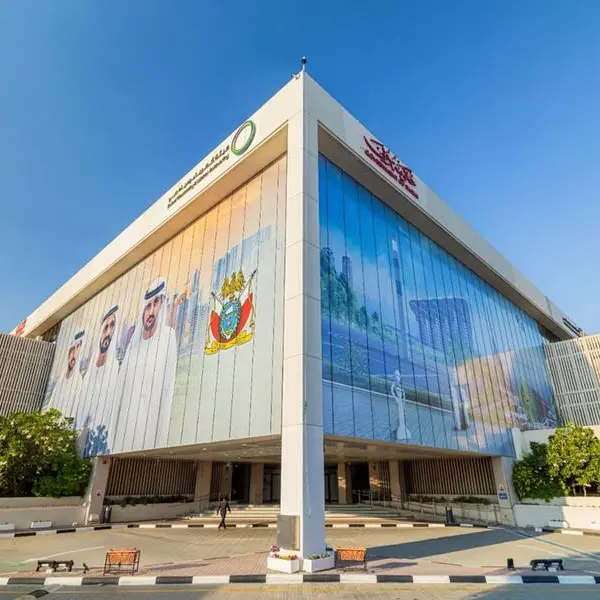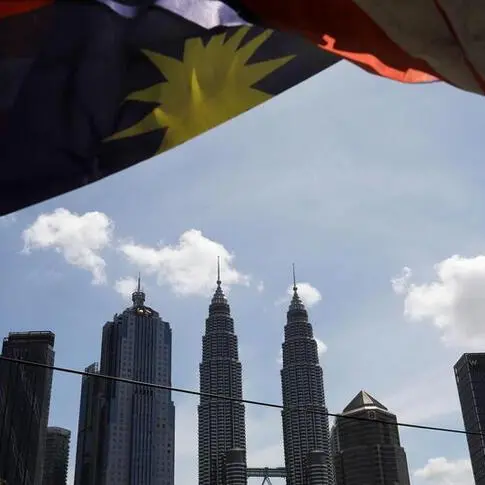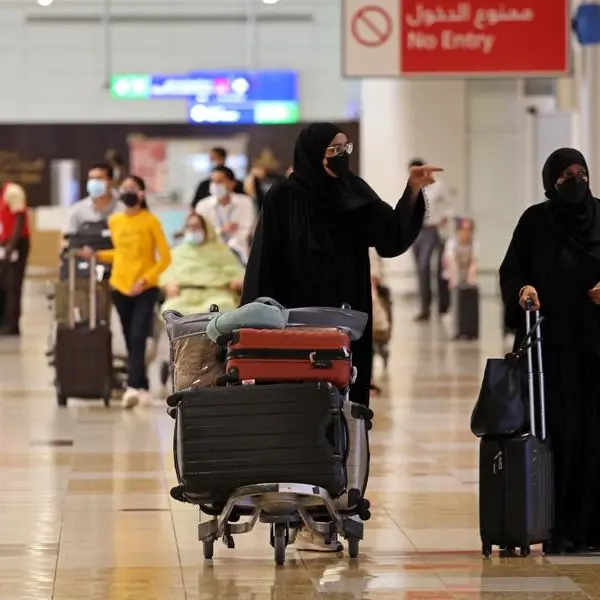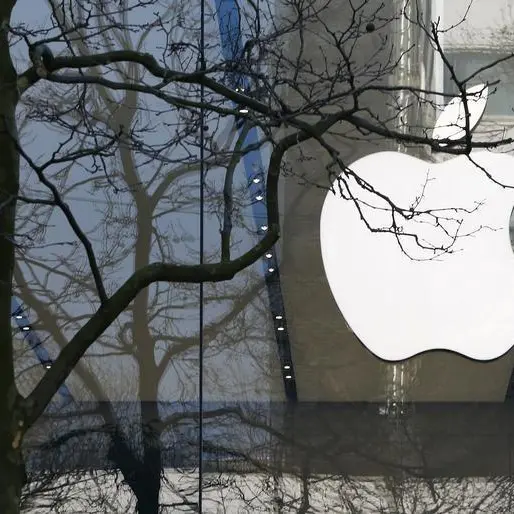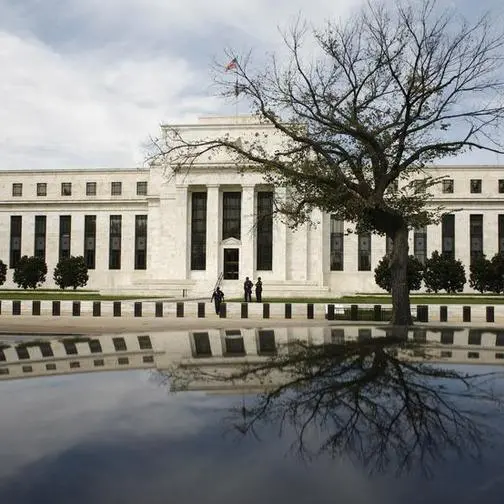PHOTO
26 January 2017
By Sachin Kumar
GCC stock markets badly need active participation and support of institutional investors (sovereign wealth funds, mutual funds, etc) in order to avoid hyper speculation.
Regulators should engage with such institutional investors more actively in order to broad base their participation and encourage investment companies that manage funds and portfolios for such institutional investors, said Kuwait Financial Centre ‘Markaz’ in its latest report.
The report comes after Kuwait’s main index witnessed one of the sharpest rallies in recent years with index posting positive gains for the fourteenth consecutive day in the new year.
“They will not only professionalise the market but can bring the much-needed stability in market activity, which will ultimately reduce volatility of the market,” noted the report.
The report added there is a need to better align the institutional money in the market, best represented by mutual funds and portfolios managed by CMA licensed non-banking financial institutions. It is clear that KIA has shown a stable commitment to support the KSE since 1990’s when it launched and backed the mutual fund industry and continue to back it since then in many ways including governance.
In addition to KIA, the CMA licensed companies manage portfolios and funds that best incarnate the values of CMA best represented by transparent, well governed, and research driven investment, and exceptional records in anti-money laundering (AML).
Yet regulation, reaching the right balance between regulations and restoring market confidence through a spirit of partnership seems to be the missing variable, especially to those investment companies that managed to survive the crisis and grow. Such CMA licensed financial sector companies are the natural gates towards institutional investment to avoid any unwarranted euphoria or speculation.
“At the beginning of 2016, we were positive on UAE while being neutral on Saudi Arabia, Kuwait and Qatar. UAE (especially Dubai) was the outperformer in GCC markets, which was in-line with our expectations. Saudi Arabia stock market also returned positive helped by the recovery in oil prices towards the end of the year,” said the report.
Kuwait and Qatar ended the year flat. The overall S&P GCC index returned 9.5 percent in 2016 with better performance coming in the second part of the year.
“Despite over 50 percent rise in oil prices, investors seemed to take a wait and watch position before investing in the stock markets. This could be on account of poor corporate earnings growth and lower capital expenditures by GCC governments,” noted the report.
Qatar is expected to have the highest non-oil GDP growth rate (5.2 percent for 2017) in the region on account of the spending on infrastructure projects. In the recent budget, $25bn or 47 percent of the budget is earmarked for the completion of projects related to FIFA 2022.
As of November 2016, Kuwait has awarded close to $12 bn worth of contracts. Close to 58 percent of the projects awarded has been from the non-oil sector. Kuwait is in a favourable position when it comes to fiscal and current accounts.
“Overall we are Neutral on Kuwait, UAE & Qatar while Negative on the rest of the GCC on economic factors,” it added.
By Sachin Kumar
GCC stock markets badly need active participation and support of institutional investors (sovereign wealth funds, mutual funds, etc) in order to avoid hyper speculation.
Regulators should engage with such institutional investors more actively in order to broad base their participation and encourage investment companies that manage funds and portfolios for such institutional investors, said Kuwait Financial Centre ‘Markaz’ in its latest report.
The report comes after Kuwait’s main index witnessed one of the sharpest rallies in recent years with index posting positive gains for the fourteenth consecutive day in the new year.
“They will not only professionalise the market but can bring the much-needed stability in market activity, which will ultimately reduce volatility of the market,” noted the report.
The report added there is a need to better align the institutional money in the market, best represented by mutual funds and portfolios managed by CMA licensed non-banking financial institutions. It is clear that KIA has shown a stable commitment to support the KSE since 1990’s when it launched and backed the mutual fund industry and continue to back it since then in many ways including governance.
In addition to KIA, the CMA licensed companies manage portfolios and funds that best incarnate the values of CMA best represented by transparent, well governed, and research driven investment, and exceptional records in anti-money laundering (AML).
Yet regulation, reaching the right balance between regulations and restoring market confidence through a spirit of partnership seems to be the missing variable, especially to those investment companies that managed to survive the crisis and grow. Such CMA licensed financial sector companies are the natural gates towards institutional investment to avoid any unwarranted euphoria or speculation.
“At the beginning of 2016, we were positive on UAE while being neutral on Saudi Arabia, Kuwait and Qatar. UAE (especially Dubai) was the outperformer in GCC markets, which was in-line with our expectations. Saudi Arabia stock market also returned positive helped by the recovery in oil prices towards the end of the year,” said the report.
Kuwait and Qatar ended the year flat. The overall S&P GCC index returned 9.5 percent in 2016 with better performance coming in the second part of the year.
“Despite over 50 percent rise in oil prices, investors seemed to take a wait and watch position before investing in the stock markets. This could be on account of poor corporate earnings growth and lower capital expenditures by GCC governments,” noted the report.
Qatar is expected to have the highest non-oil GDP growth rate (5.2 percent for 2017) in the region on account of the spending on infrastructure projects. In the recent budget, $25bn or 47 percent of the budget is earmarked for the completion of projects related to FIFA 2022.
As of November 2016, Kuwait has awarded close to $12 bn worth of contracts. Close to 58 percent of the projects awarded has been from the non-oil sector. Kuwait is in a favourable position when it comes to fiscal and current accounts.
“Overall we are Neutral on Kuwait, UAE & Qatar while Negative on the rest of the GCC on economic factors,” it added.
© The Peninsula 2017
